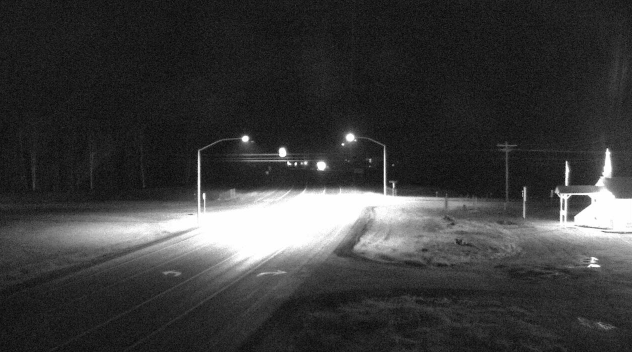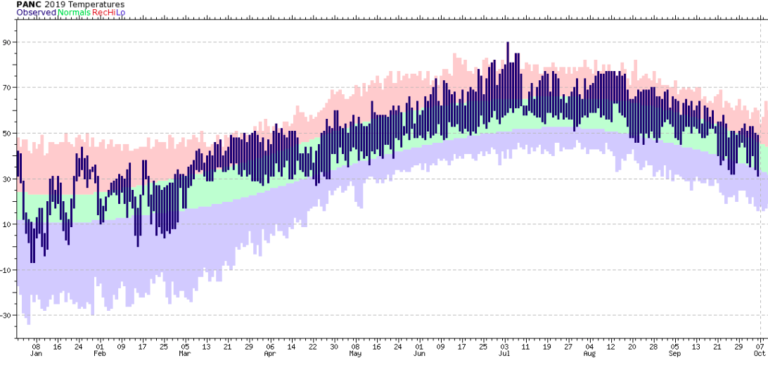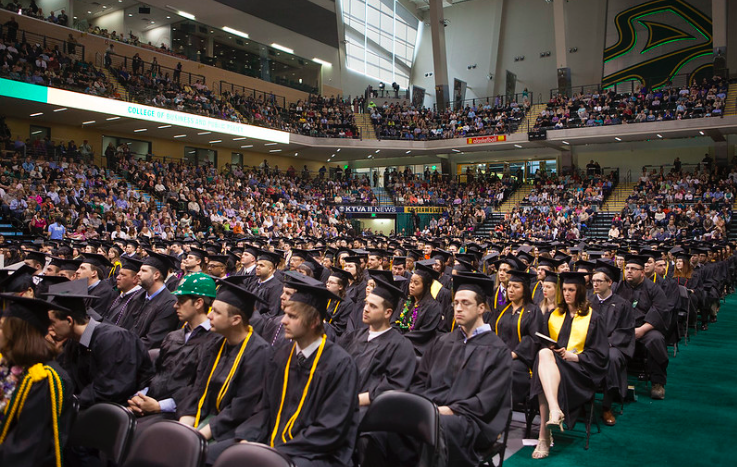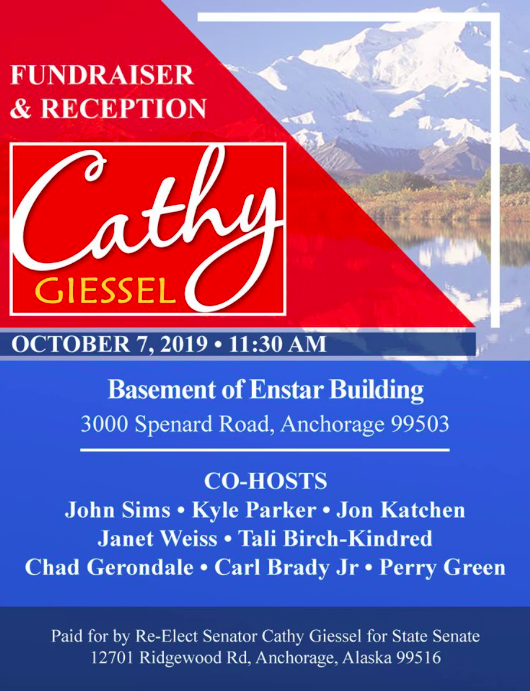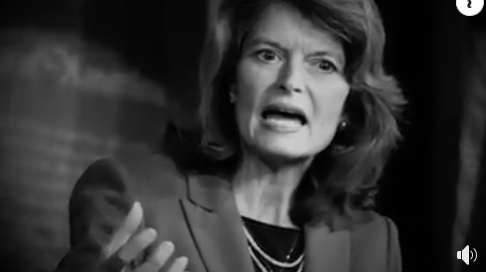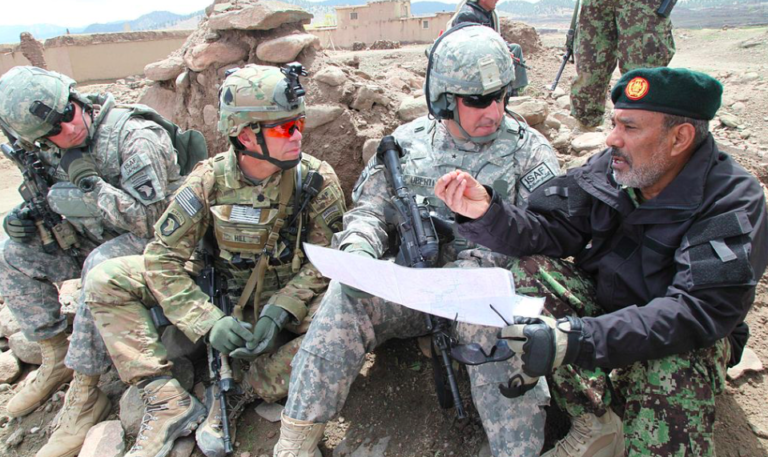By ART CHANCE
Mark Janus was an Illinois teacher who didn’t like his compulsory union dues being used for the political activities his union chose. He took the union all the way to the United States Supreme Court, which ruled in his favor in Janus v. AFSCME Council 31.
[Read the Janus ruling at this link.]
Compulsory dues from unionized public employees are the life blood of organized labor and organized labor’s organization and money are the life blood of the Democrat Party.

Even organized labor estimates that anywhere from 20 percent to 70 percent of public employees would not pay union dues if paying dues weren’t required to keep their job. That is consistent with my experience with the State when we stopped enforcing the compulsory dues provisions of contracts.
If unions and the political leadership of the blue states cannot come up with a “work-around” for Janus, it is a serious, perhaps even mortal blow to Democrat hegemony in the blue states and their resulting national power.
Once among the reddest of red states, Alaska these days is trending a very bluish purple. Although we maintain the polite fiction of non-partisan elections, Alaska’s largest political subdivisions are firmly in union/Democrat control and that control or at least strong influence extends to many of the medium and small communities as well.
At the state level, the Democrat/union program to recruit false flag candidates and co-opt quislings has led to union/Democrat dominance of the Legislature and in large measure the negation of Republican policies and programs.
Effective implementation of the Janus decision is vital to the future of a red or even purple Alaska.
The Dunleavy Administration has given the unions a one-year “bye.” They didn’t have that year to give.
I didn’t get elected governor and I’m not a lawyer, but I’ve done public sector labor relations a lot longer than Mike Dunleavy or Kevin Clarkson, or anybody else working for the State for that matter. I can’t for the life of me understand why they took nine months to do anything about implementing Janus and I have no idea why we’re playing the unions’ delaying game in State courts.
Here’s why: If you have any controversial initiatives, you get them underway immediately so there is time to work through the courts. Otherwise, your initiatives just wind up as trade goods in the next election.
There is nobody left working for the State that has any experience from the controversial days following the 1980s oil price crash and the decade-long war between the State and its unions to change the “throw some money at it” paradigm of State bargaining in the 1970s and early ’80s.
I hired three of the people in State Labor Relations and one of the civil attorneys in the Law Department, so they saw a little of what being an actual employer looked like. That said, after the first year we had pretty peaceful relations with the unions, so none of them left have any experience with actual controversy and conflict.
The unions are drawing on a “peace dividend;” a decade and a half of peace has made the State relatively unable to engage in conflict and controversy. Yet, conflict and controversy is built in to what the unions do. I lived through the steep employer learning curve in the mid-80s, when the State then, too, didn’t have a clue what to do.
The Dunleavy Administration is like the dog that finally caught one of those cars it has been chasing all those years; it has no idea what to do with the government now that it has caught it. They’ve let the unions slip into their tried and true stall tactics.
As I predicted, the unions got a temporary restraining order against any changes in the State’s processes for handling union dues. The unions and the bureaucracy are acting like nothing has changed in dues administration and now the courts are barring the Administration from making any changes.
The unions will get an injunction against changes that will protect the status quo until the Superior Court renders a decision. Rest assured the unions will kill all the time they can and the court — and most likely the Department of Law will let them, if not outright help them. They can easily keep this from being heard and decided until well into next year, and then there is a gubernatorial election looming.
The Legislature is so precariously balanced that the unions might be able to pass legislation intended to thwart Janus in the next session. There are plenty of Republicans stupid enough to believe that if they do something for unions, the unions will like them.
The preferred play for the public sector unions seems to be direct financing of the collective bargaining process; that gets around those icky constitutional issues, at least the individual rights issues.
Direct financing assumes that collective bargaining is such an unalloyed good that the government should pay the costs rather than unionized employees paying the costs through dues and fees.
By my back-of-the-matchbook calculation, Alaska State Employees Association takes in about $4 million a year in dues income.
Under direct financing the State would appropriate and pay to ASEA $4 Million from the General Fund rather than collect it from employee dues and fees and transmit the money to ASEA. If the State pays for the union to operate, there are no freedom of speech or freedom of association issues, the basis of Janus.
There are all kinds of laws prohibiting use of State money for political action, have been since time immemorial, just like there are still laws against adultery; that must be why nobody does it. The unions have evaded prohibitions against using dues money for politics for years; they’ll have no trouble evading laws against using State funds for politics, and once they get enough union friendly politicians elected, nobody will even try to enforce such laws as there might be.
Whether or not they are successful in securing direct funding, the unions can keep the status quo in place through a Superior Court decision and through an appeal to the Supreme Court.
My money would be on the State losing in the Superior Court and then having to find the courage in an election year to push an appeal to the Supremes. It might get argued before the next gubernatorial election but it is unlikely to get decided; the Alaska Supreme Court justices can read the news, too, just like the rest of us.
The court knows that if the unions can elect a Democrat governor this case gets settled and dropped like a hot rock the second the new Governor’s hand comes off The Bible, so why should the SC go out on a limb and decide it before the election?
As I’ve said in earlier pieces, both compulsory dues/fees and the unions’ processes for withdrawal from membership are perfectly legal under State law. I think the State law violates the Alaska Constitution and the U.S. Supreme Court has held that such language violates the U.S. Constitution.
Our State Supreme Court has been very reticent to repeal legislation on grounds of a conflicting statute or because a statute violates the State Constitution unless it involves some sexy leftist issue like privacy for smoking dope or abortion.
The Alaska Supreme Court could easily evade the constitutional issue. If you think I’m being fanciful or paranoid, just look at what both the Washington Supreme Court and the Ninth (aka Soviet) Circuit did to try to preserve the Washington Education Association’s unconstitutional dues scheme.
This matter needs to be in the federal courts, the State needs to push it as aggressively as possible, and the State really needs to retain outside counsel to represent it because every State employee in a position to have any influence on this knows that everyone who touches this case will be a former State employee the second the unions buy themselves a Democrat governor.
Gov. Dunleavy had three years to deal with this. He’s wasted most of one already.
Art Chance is a retired Director of Labor Relations for the State of Alaska, formerly of Juneau and now living in Anchorage. He is the author of the book, “Red on Blue, Establishing a Republican Governance,” available at Amazon.

